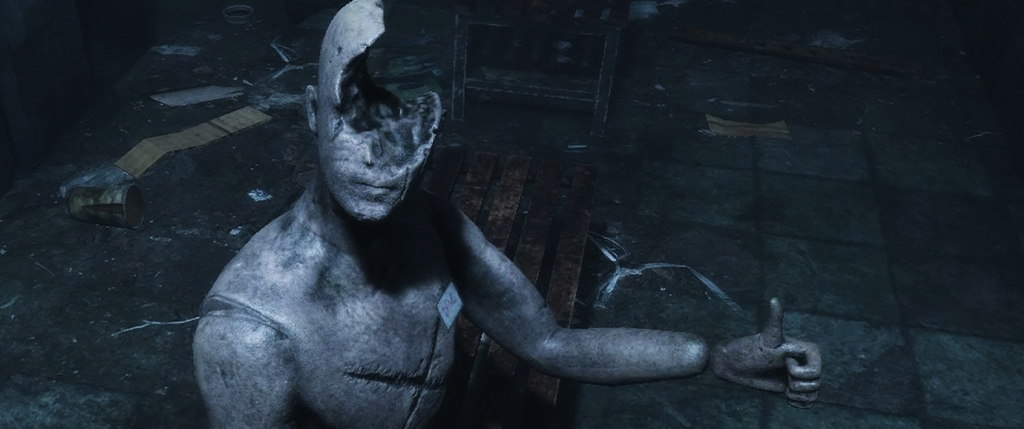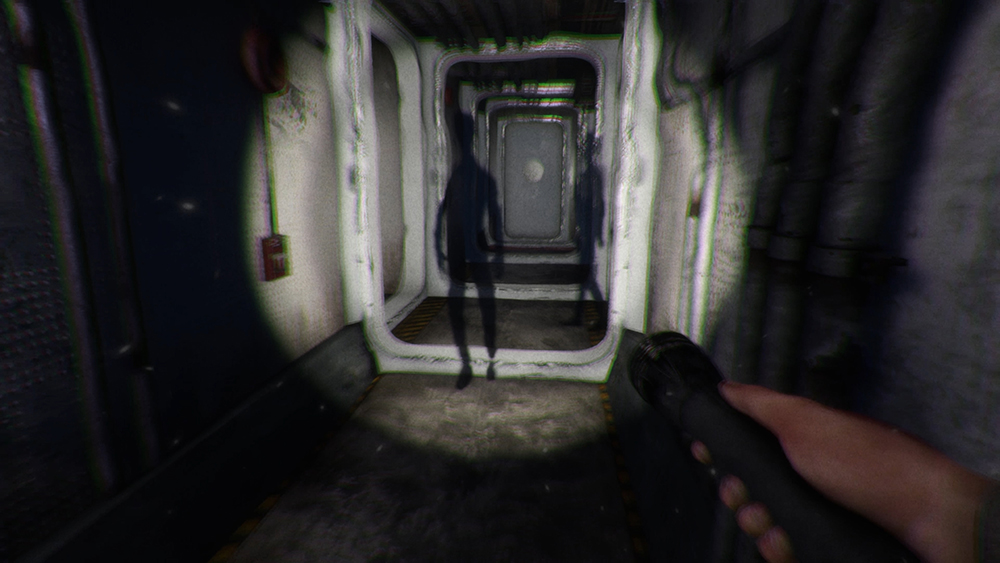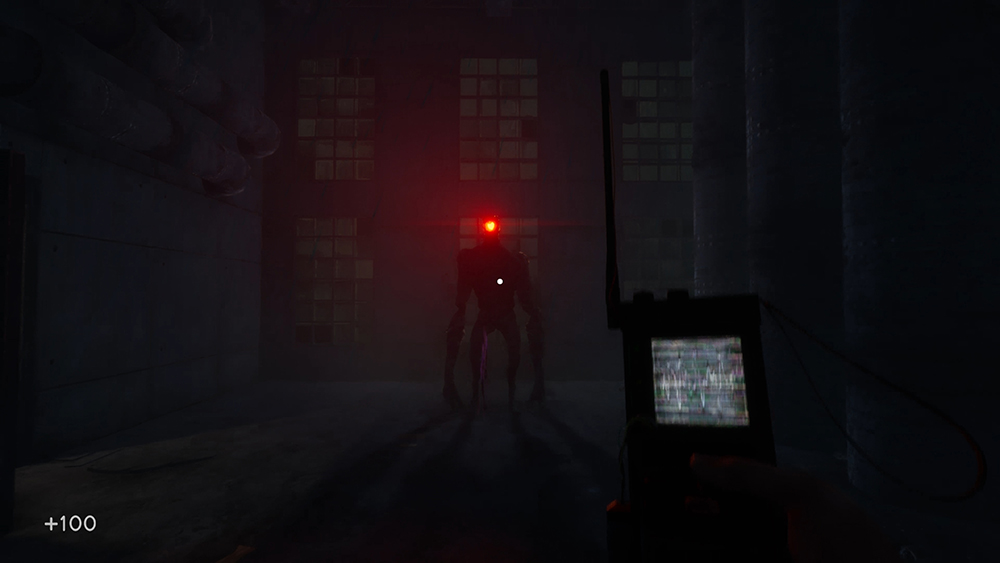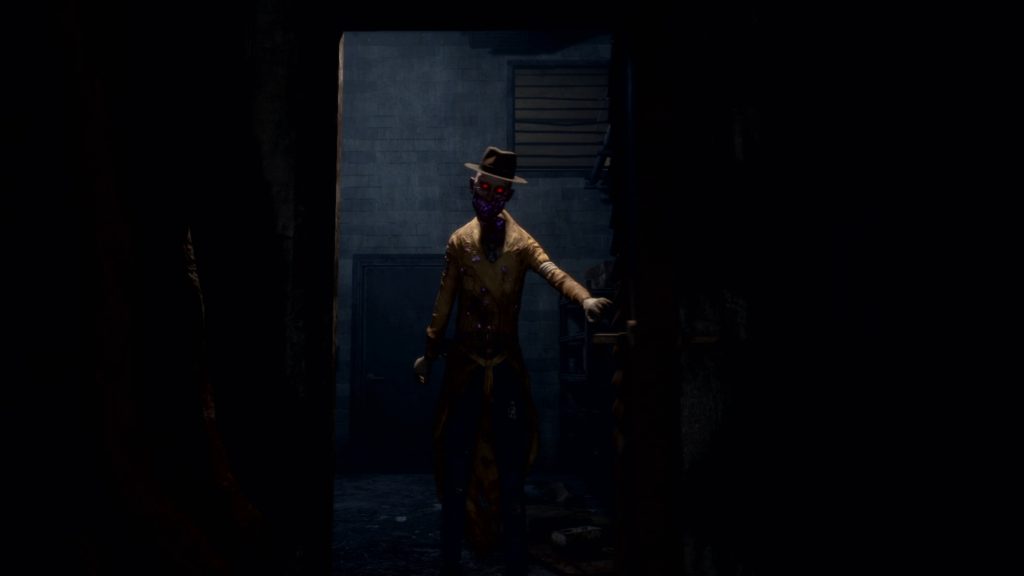
This review contains discussion of mental health. If you are suffering from any of the issues that have been discussed or need assistance, please contact Lifeline on 13 11 14 or Beyond Blue on 1300 22 4636.
In Sound Mind surprised me. I was expecting it to have a manipulative use of mental illness in a shallow attempt to appear deep; however, its use of concepts and gameplay around conditions like anxiety and even wartime PTSD hit where they need to, without treading into tackiness. While not as nuanced as something like Hellblade’s portrayal of psychosis, In Sound Mind knows what it is: a psychological horror game with sprinkles of dark humour, so it doesn’t overstep its boundaries when portraying serious subjects.
Developed by We Create Stuff, In Sound Mind is about Desmond Wales, a troubled therapist who finds himself trapped within a bizarre and supernatural apartment building. The building is a hub that allows Desmond access to different dreamlike worlds through ‘tapes’. These are recordings of therapy sessions Desmond has had with his patients. It’s through those tapes he hopes to uncover the truth of where he is and why he’s there. All of this is while being stalked by the creepy Agent Rainbow who is hellbent on psychologically torturing him to death.

The worlds range from an abandoned supermarket to a beach overlooked by what could only be described as ‘Sauron’s Lighthouse’. Each world has new mechanics that constantly keep you on your toes, as Desmond is hunted by a unique monster that represents the traumas of his patients. The first involves a Medusa-like spirit, created from anxiety and paranoia, that can only be warded off by holding up a mirror to show its reflection. There are only four main worlds to explore, but they’re unique and creative and can each take a few hours to complete if you’re an explorer.
The puzzles in each world gradually introduce enough mechanics to not feel too repetitive and the wide variety of equipment that Desmond acquires are all utilised often. The most interesting tool is the mirror shard, as its reflection highlights hidden messages scrawled on the walls and other environmental secrets.
 The apartment building hub is Metroidvania-esque, and its areas can be unlocked after you acquire new weapons or equipment. Exploring the building hub and tapes is worth it as you’ll upgrade your stats, obtain music records to listen to and more. The songs, created specifically for the game by The Living Tombstone (of Five Nights at Freddy’s fame), are like many parts of In Sound Mind: bizarre but surprisingly good.
The apartment building hub is Metroidvania-esque, and its areas can be unlocked after you acquire new weapons or equipment. Exploring the building hub and tapes is worth it as you’ll upgrade your stats, obtain music records to listen to and more. The songs, created specifically for the game by The Living Tombstone (of Five Nights at Freddy’s fame), are like many parts of In Sound Mind: bizarre but surprisingly good.
Unfortunately, the combat and standard enemy variety lack depth, besides the occasional ‘ghost room’ later in the game. Basic gunplay and frustrating melee combat leaves fights feeling like a drag rather than challenging or fun. Thankfully, the boss fights don’t rely on In Sound Mind’s shoddy combat and are instead environment and puzzle focused. After all, Desmond isn’t trying to ‘beat’ his patients, rather soothe their trauma and help them heal.
 Initially, In Sound Mind does appear to play into tropes about literally villainising people with mental health issues, but the game is quick to show a lack of support and other external factors being responsible for the supernatural evil that links Desmond’s patients. It’s likely thanks to the mental health advisers that worked with the developers that the result is something surprisingly nuanced and even touching at times, as Desmond attempts to help the patients who he had failed to overcome their (now literal) demons.
Initially, In Sound Mind does appear to play into tropes about literally villainising people with mental health issues, but the game is quick to show a lack of support and other external factors being responsible for the supernatural evil that links Desmond’s patients. It’s likely thanks to the mental health advisers that worked with the developers that the result is something surprisingly nuanced and even touching at times, as Desmond attempts to help the patients who he had failed to overcome their (now literal) demons.
In Sound Mind isn’t the scariest game, but as someone who rarely plays horror, the early chapters had me constantly on my toes. Agent Rainbow — a thin, purple man with a wrinkly face — was the main source of my fear early on. He’s a literal spook and the one responsible for putting Desmond through the torturous mind trials, constantly setting deadly traps or just trying to scare. Early in the game, I was messing with some power switches when I heard a noise behind me. I quickly turned to find what I would’ve described as Thanos’ creepy brother charging at me, shouting “Watch your back!” before disappearing in smoke. It was a ridiculous moment, but I was so shaken to my core that whenever I heard a creak or a squeak, I would spin around to check if he was there.

Agent Rainbow is also a source of laughs, often calling Desmond with threats coated in a layer of dry, dark humour. The humour does undercut the horror aspect of the game, but doesn’t detract from the atmosphere and helps In Sound Mind feel more unique than other games of its calibre. And though Agent Rainbow is funny, nothing had me laughing as much as the achievement/trophy you can earn for petting Desmond’s cat (yes, you can pet a cat in the game).
 There are two consistent issues with In Sound Mind. Despite being exclusive to current-gen systems, performance is poor even on PC, often suffering frame rate stutters in open environments or moments of intense action, no matter which platform it’s played on, which leaves concerns for the upcoming Switch port. Most infuriatingly though, is navigating the menus on controller requires using the thumbstick, not the d-pad, and was something I would have to relearn every time I played. Poor menu navigation is the ultimate psychological torture.
There are two consistent issues with In Sound Mind. Despite being exclusive to current-gen systems, performance is poor even on PC, often suffering frame rate stutters in open environments or moments of intense action, no matter which platform it’s played on, which leaves concerns for the upcoming Switch port. Most infuriatingly though, is navigating the menus on controller requires using the thumbstick, not the d-pad, and was something I would have to relearn every time I played. Poor menu navigation is the ultimate psychological torture.
In Sound Mind certainly is more ‘spook’ than horror, though it’s self-aware enough to not be impeded by that. Though it does drag its feet occasionally and performance is an issue, the game is creative and inspired enough to not rely too heavily on tired tropes, particularly when exploring its ideas around mental health. It might look like another drab horror-wannabe, but In Sound Mind has got a mind of its own.
Available on PS5, Xbox Series X/S, PC and coming to Switch








